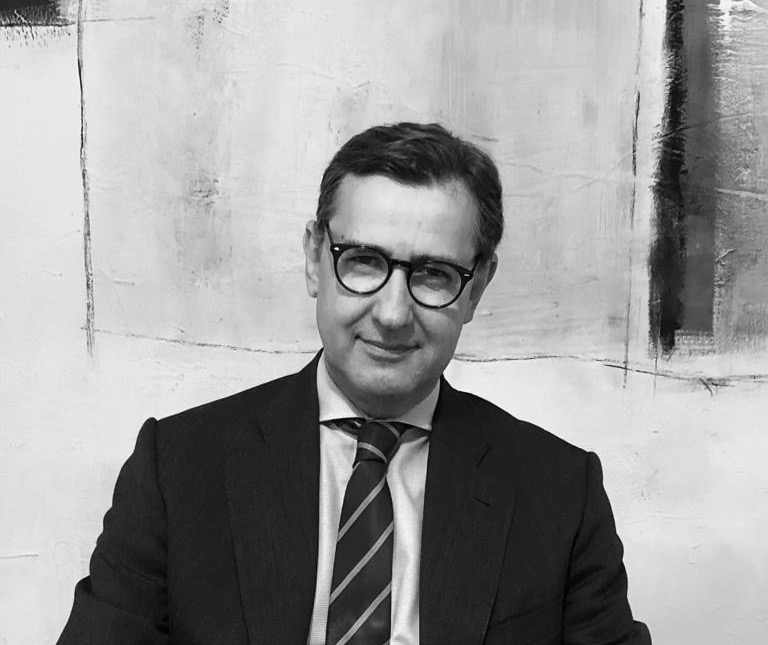Dear client,
Financial market volatility persists in the wake of the highest interest-rate rise in recent memory.
At the time of this writing, monetary tightening has affected the banking sector where, in recent weeks, there have been episodes of panic, tempered for the moment by the intervention of the central banks. We still do not know what the impact on economic growth will be, but we do know that it is affecting investments with limited liquidity and the real estate sector.
I would like to share some reflections on these events with you.
THE DIFFICULT BUSINESS OF BANKING
A 4.5% hike in official interest rates in the US (slightly less in Europe) has harmed some regional US institutions, whose business models made them especially vulnerable. To some degree, it reminds me of the savings and loan crisis of the 1980s, essentially because, as interest rates rise, we face a dangerous disconnect between increasingly costly demand deposits and huge long-term and fixed-rate government debt portfolios with plummeting prices. This disconnect seriously affects solvency.
This is entirely divorced from the issues of Credit Suisse, a bank that emerged well-capitalised from the 2008 financial crisis, only to encounter countless problems and scandals since, ultimately precipitating a solution from Swiss authorities that rewrites the rules for systemically important banks (SIBI). This brings to mind the words of Mervyn King, former governor of the Bank of England, who said that banks are global in life, but national in death.
The lesson for investors is that the banking business is notoriously difficult, so much so that even with substantial equity (though insubstantial relative to the balance sheet), it essentially operates on trust, because these are highly leveraged institutions whose debt (deposits) is largely payable on demand. Often liquidity problems are indicators of concerns about solvency, since any relevant loss of asset value can drastically reduce the institution’s equity. Consequently, the bank’s profitability is hardly attractive compared to other investment alternatives. The graph below illustrates the fallout for investors.
ALTERNATIVE INVESTMENTS
In recent years, monetary authorities have promoted an extremely lax policy intended to counter the adverse affects of the Great Recession and, later, the COVID pandemic.
This influx of liquidity resulted in a long period of low or negative interest rates that extended until inflation—dormant since the 1980s—re-emerged on the scene, perhaps now with a more structural undercurrent.
Those who have benefitted most from low interest rates are business activities that tend to engage in substantial financial leveraging. It is not surprising, therefore, that since mid-2022 both private equity and real estate transactions have slowed considerably, especially in the US.
While liquid markets registered a drop in bond and share prices in 2022, in sync with rising interest rates, this trend is less evident in private markets since valuations are not set by the market but by managers themselves, whose criteria is not standardised. Some have significantly reduced the valuation of their assets, while others have done so to a far lesser extent.
The real estate sector also slowed noticeably in the volume of transactions, as demand cooled on higher Euribor rates, the traditional benchmark in Spain for mortgage financing. Typically, a decrease in the volume of transactions precedes a decline in prices.
THE RETURN OF QUALITY COMPANIES
The 2022 financial normalisation (ie: the return of the value/cost of money) restored interest in solid, effectively managed companies that are veritable repositories of value. During the years of plentiful liquidity, they were neglected by investors who focus more on trends than fundamentals.
These extraordinary companies, often considered “boring”, form the core of EDM’s equity portfolios. The result is that, in a rarefied environment, given the shifting monetary pace and growing political tensions, they are a guarantee of strength for conservative investors.
The performance of our equity funds in this tumultuous quarter is a testament to this, as illustrated in Table 1.
Investors try to anticipate the behaviour of the economy and markets, which are not always in sync, to the surprise and bewilderment of many. After the 2022 collapse of P/E ratios, though not of corporate profits, 2023 may take an opposing path.
Our portfolio managers and analysis team continue to focus their efforts on selecting only extremely strong companies whose businesses can safely weather the current turmoil, and dispensing with or reducing exposure to those whose valuations are considered vulnerable.
BONDS RETURN TO EDM PORTFOLIOS
Current bond returns warrant the inclusion of this asset class, largely abandoned in previous years, in our portfolios. In fact, the traditional 60/40 (equities/bonds) portfolio has made a spectacular comeback, forming the centre of gravity for many portfolios subject to discretionary management at EDM. The mixed fund, EDM Cartera, uses this strategy.
Similarly, the money market offers a lucrative haven for those willing to wait for opportunities. In recent months, we managed to restructure both the EDM Renta (money market) and the EDM Ahorro (flexible bond) portfolios and offer a good compromise between profitability and contained volatility.
THE TRILEMMA OF THE CENTRAL BANKS
The banking crisis and its predictably negative effects on economic growth have made it difficult for central banks to decide when to continue, cease, or postpone interest-rate hikes to curb inflation, though this is not the sole objective; the US also aims to stabilise the banking sector and promote economic growth.
These conflicting objectives constitute the trilemma illustrated below:

A trilemma is a situation in which the simultaneous achievement of the three objectives is not possible. Rather, two must be prioritised to the detriment of the third.
The US Federal Reserve has just implemented a modest rate hike, a lesser-of-two-evils solution, the aim of which is to avoid irreversibly compromising the achievement of any of the three objectives, though verbally it has for the moment placed the emphasis on price stability. In fact, it trusts that the banking crisis will stem the recession without the need to force monetary policy. But the Fed has been cautious and made it clear that interest-rate hikes are drawing to a close: this statement is an effort to avoid complicating the overall state of the economy. And it is with this ambivalent declaration that we edge toward an end to interest rate hikes, the tormentor of 2022.
I would like to take this opportunity to thank you for your trust in these times of uncertainty, which we aim to combat by rigorously selecting the assets we invest in your portfolio.
Carlos Llamas,
CEO



